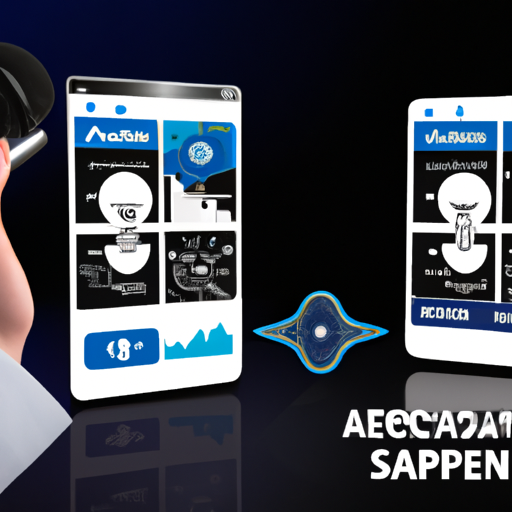application development in Voice Record and Playback for ECS-F1HE475K: key technologies and success stories
Developing a voice record and playback application for the ECS-F1HE475K platform involves a comprehensive understanding of both the hardware capabilities and the software requirements. Below is a more detailed exploration of the key technologies, development considerations, and potential success stories that can guide your project.
Key Technologies
| 1. Microcontroller and DSP | |
| 2. Audio Codec | |
| 3. Memory Management | |
| 4. Audio Processing Libraries | |
| 5. User Interface | |
| 6. Power Management | |
| 7. Communication Protocols | |
| 8. Audio Formats | |
| 1. Voice Assistants | |
| 2. Educational Tools | |
| 3. Medical Devices | |
| 4. Home Automation | |
| 5. Consumer Electronics |
Success Stories
Development Considerations
- Testing and Validation: Conduct extensive testing to ensure audio quality, latency, and user experience meet expectations. Use both objective measurements (e.g., signal-to-noise ratio) and subjective user feedback.
- Regulatory Compliance: Ensure compliance with relevant regulations, such as FCC guidelines for wireless communication, to avoid legal issues during product deployment.
- User Feedback: Engage potential users early in the development process to gather feedback on features and usability. Iterative design based on user input can significantly enhance the final product.
- Documentation and Support: Provide comprehensive documentation for users, including setup instructions, troubleshooting tips, and FAQs. Consider offering customer support to address user concerns post-launch.
By focusing on these technologies and learning from successful implementations, you can create a robust and user-friendly voice record and playback application tailored to the ECS-F1HE475K platform. This approach not only enhances the functionality of the device but also ensures a positive user experience.






